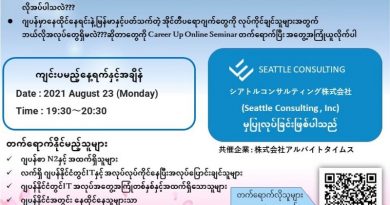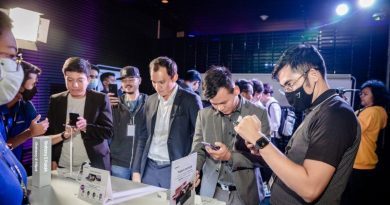Huawei and Video Experience Alliance Jointly Release Cloud VR User Experience and Evaluation White Paper
Shenzhen, China, March 21, 2019] Recently, Huawei and the Video Experience Alliance (China’s industry organization for video experience standards) jointly released the Cloud VR User Experience and Evaluation White Paper, which is the industry’s first standard for defining the user experience of Cloud VR services. The release of the white paper accelerates industry standardization and lays the foundation for delivering the ultimate experience in VR ultra-HD video services. The white paper consists of two core parts: Cloud VR user experience model and Cloud VR service evaluation baseline. This white paper standardizes the functions and evaluation items of service components and makes Cloud VR service quality measurable and evaluable, thereby promoting Cloud VR standardization in the industry and providing high-quality service experience for users.
As key technologies such as 5G, Wi-Fi6, cloud rendering are increasingly mature, the Cloud VR industry is developing rapidly, and various service applications have begun to enter into the business incubation period. Leading operators have already tried the commercial use of Cloud VR on a small scale. However, the whole industry still faces severe challenges when expanding commercial use to more than 10,000 users: The function specifications and implementation modes of products vary between vendors, making system integration difficult and restricting user experience; the solutions provided by different vendors differ greatly in terms of encoding, latency, and positioning precision, affecting visual quality, video smoothness, and the interactive and immersive experience, seriously restricting the large-scale popularization of Cloud VR. To address these challenges, the whole VR industry needs to establish complete specifications and test standards system to ensure a high-quality user experience of Cloud VR services end to end.
iLab, Huawei’s ultra-broadband network innovation lab, conducted research that mapped user experience and objective indicators of Cloud VR, and output quantifiable evaluation items, unified evaluation methods, and evaluation tools through element extraction, factor analysis, data sampling, and algorithm fitting. The Cloud VR user experience model defined in the white paper includes 2 experiences (immersive experience and interactive experience), 4 quality items (content quality, presentation quality, operation quality, and response quality), and 15 factors (including frame freezing, artifacts, delay, and black borders). The Cloud VR evaluation baseline defined in the white paper includes 192 unified evaluation items, evaluation methods, and evaluation tools. This enables operators to collect data and evaluate functions and performance of Cloud VR services, VR ultra-HD video services, VR terminals, positioning suites, network quality, and the cloud rendering platform to resolve user experience problems and improve user experience.
Will Zhang, President of Huawei’s Strategy Dept, said: “By releasing the Cloud VR User Experience and Evaluation White Paper, Huawei hopes to continue collaborating with the industry to improve evaluation methods, construct unified evaluation tools, and establish a complete set of admission specifications and acceptance standards to bridge the breakpoints of the industry, promote seamless interconnection between Cloud VR terminals and platforms, and the growth of a prosperous industry ecosystem.”
Huawei has long been dedicated to promoting the development of the VR industry, and proposed a VR Openlab industry cooperation plan to work with upstream and downstream industries to jointly incubate VR business use cases. To enable industry innovation incubation, Huawei iLab has been working with partners to gain positive innovation achievements in terms of Cloud VR business application scenarios, service solutions, and network transport solutions, continuously promoting the commercial implementation of Cloud VR services.






